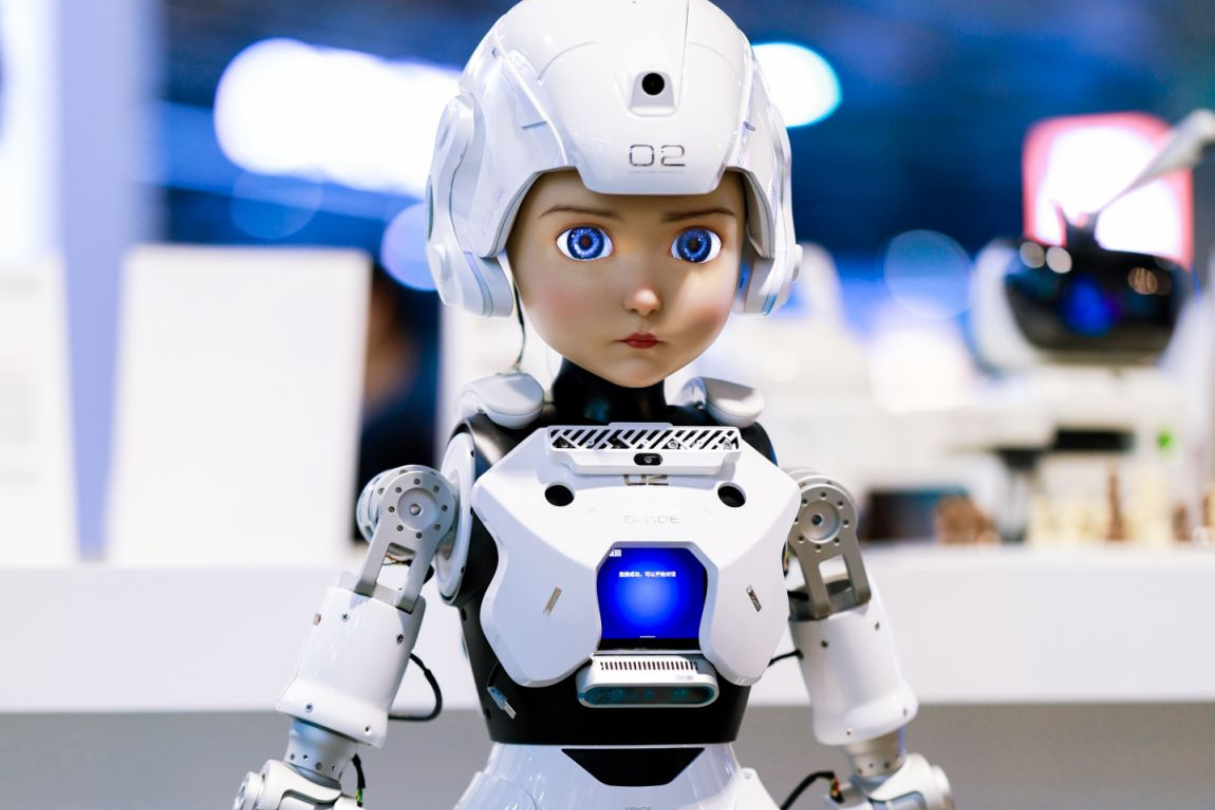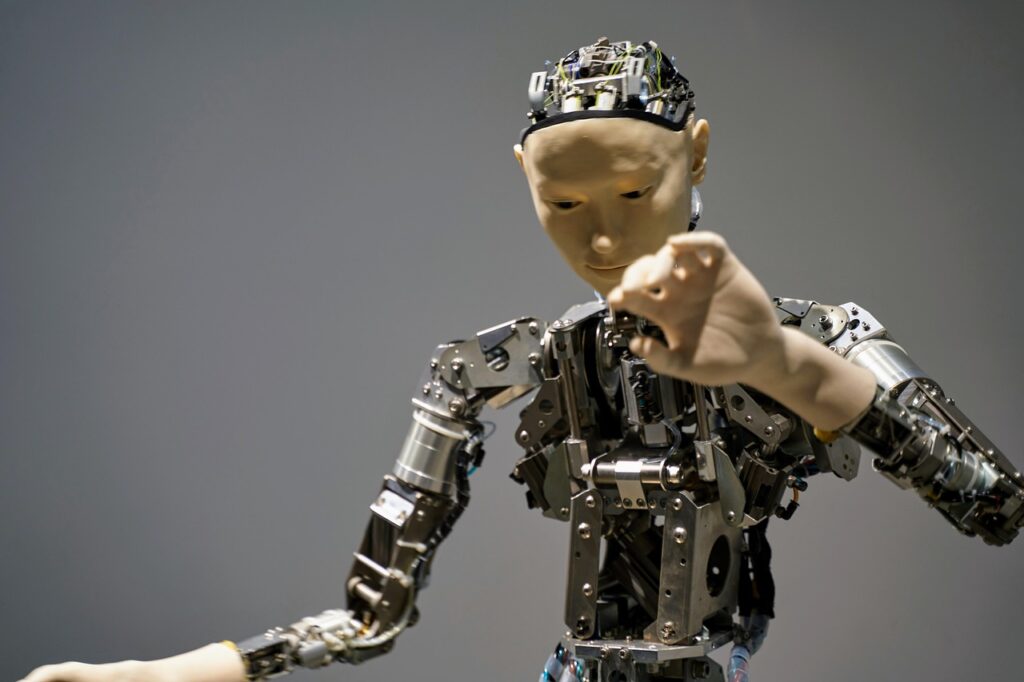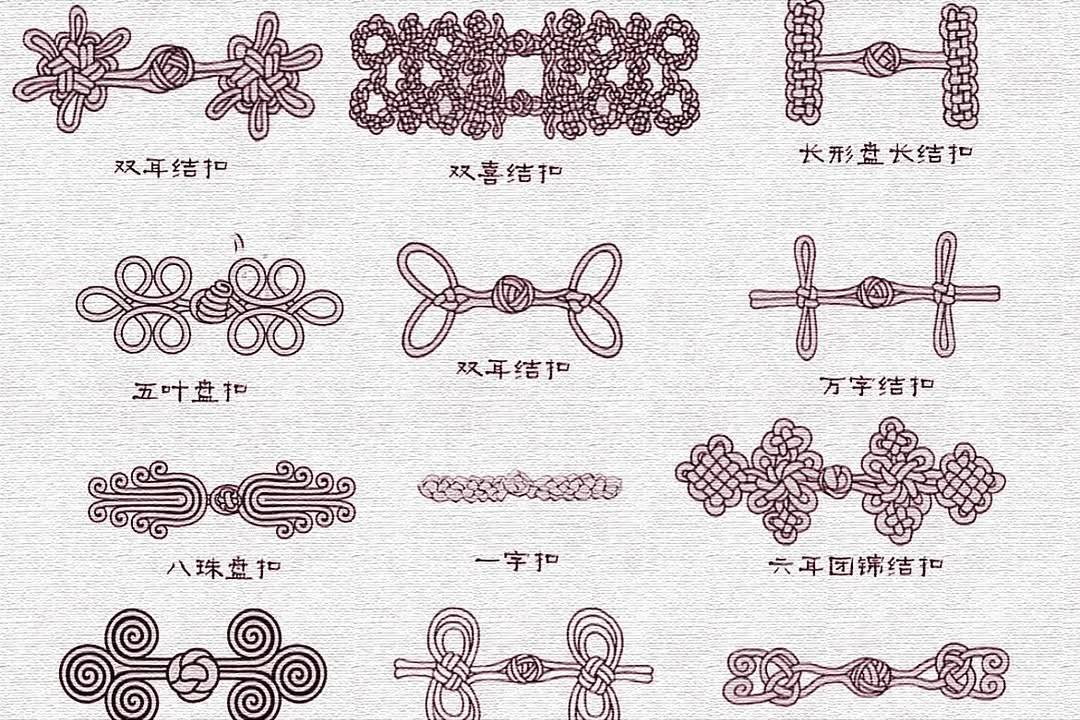Remember when robots were just clunky machines that could barely walk without falling over? Or what about our old friend, Furby? Well, that era is now officially ancient history. Earlier this year, China showed its tech ambitions by hosting its first half-marathon race exclusively for humanoid robots, and more recently, it had a robot boxing tournament that went viral globally. But what does this mean to everyday folks like us? At BEYOND Expo in Macau, RADII got a front-row seat to China’s robotics revolution, ranging from mechanical tour guides greeting visitors to agile quadrupeds patrolling the floor. It’s safe to say that these machines aren’t just catching up to their Western counterparts; in some ways, they’re sprinting ahead.
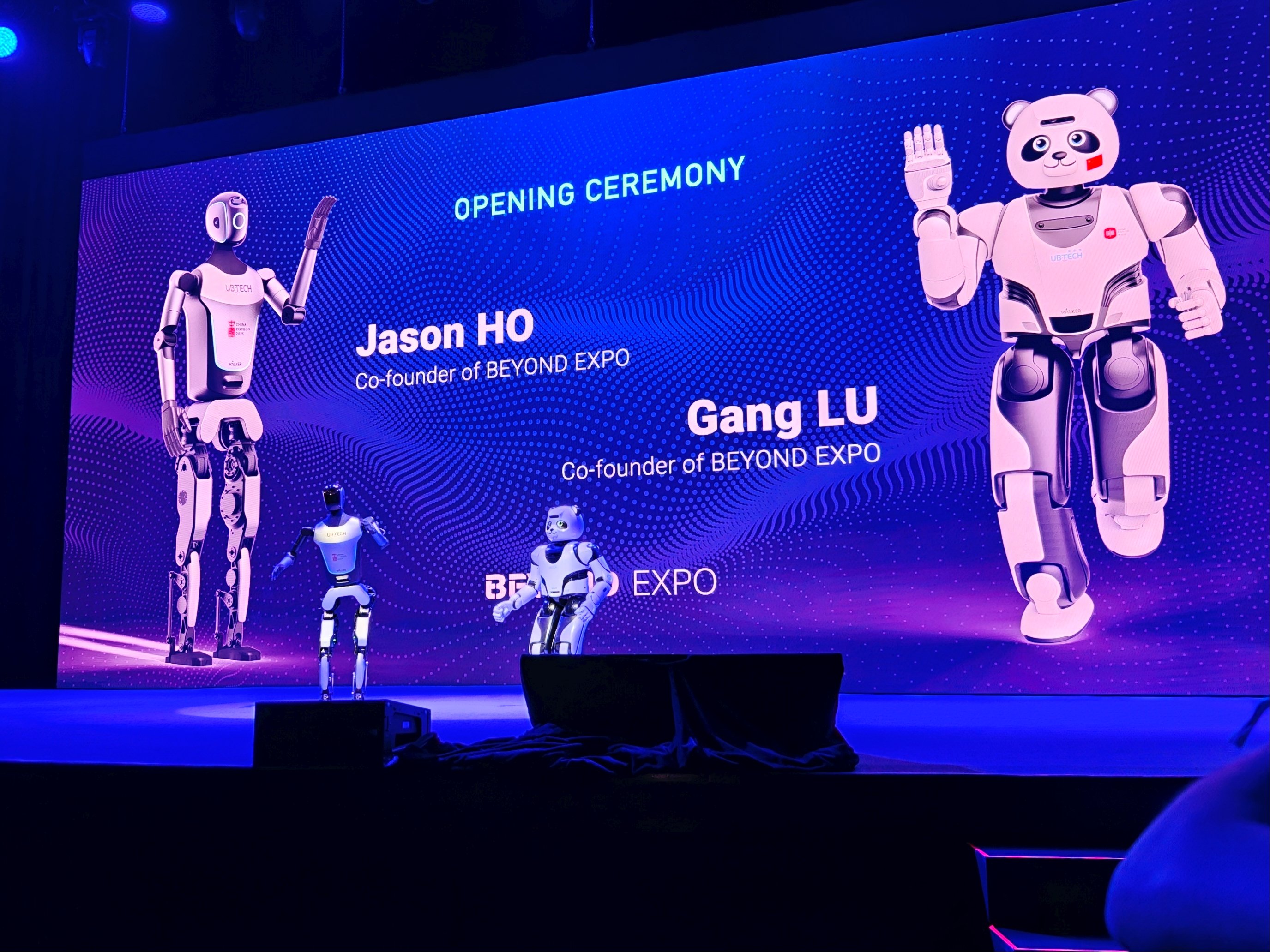
UBTECH, a 13-year-old Shenzhen company, is no stranger in the robotics field. It happily offered its Panda Robot and the more humanoid Walker C to kick off BEYOND Expo’s opening ceremony, showcasing just how far Chinese robotics has come in terms of fluid movement and natural interaction. More impressively, Walker C is also already serving as a tour guide at the China Pavilion during the Osaka Expo 2025.
What’s particularly interesting is UBTECH’s collaboration with Chinese electric vehicle maker Zeekr. They’re testing humanoid robots on automotive production lines—robots that can work continuously without breaks, vacation, or shift changes. UBTECH has also been working with BYD, Audi, Volkswagen, and Foxconn on integrating its robots into their EV production lines.
“There have been hundreds of new humanoid robot companies in the past two years in China,” said Michael Tam, UBTECH’s Chief Brand Officer. “The major reason for this is driven by AI… which makes our humanoid robots smarter than before, and understand more about the real, physical world, thus taking a step forward and a step faster to bringing humanoid robots into real scenarios and real industrial usage.”
Tam added that UBTECH is aiming to produce 1,000 humanoid robots this year. While the company is boosting this figure by tenfold next year, the exec admitted that widespread household adoption of humanoid robots remains at least five years away. Even then, the machines will likely serve more as companions and tutors rather than the all-purpose household helpers we’ve seen in sci-fi.
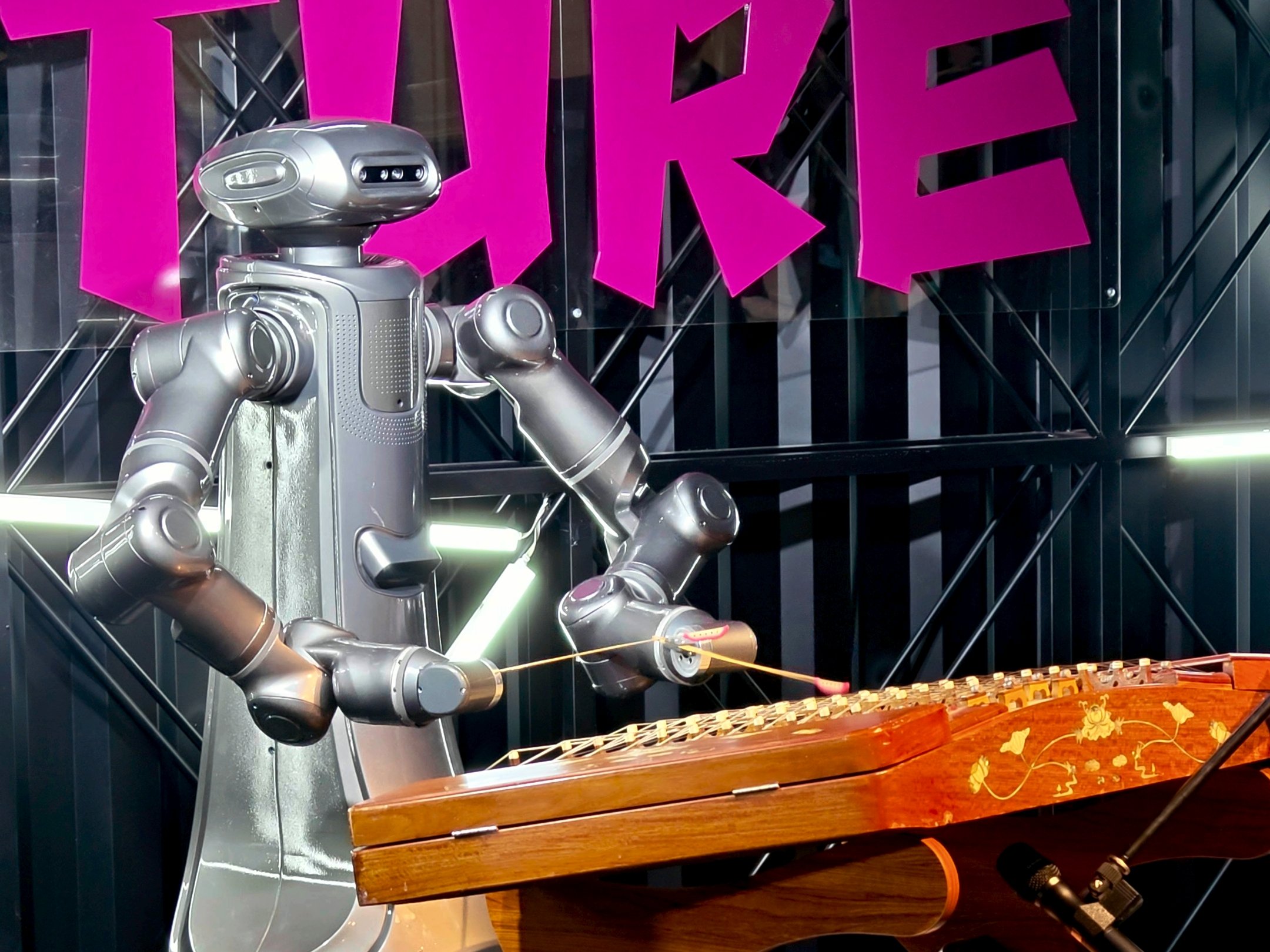
If you thought robots were just about efficiency and utility, Hexuan’s musical robots will change your mind. This Zhejiang University spin-off showcased robots that can play both the piano and the yangqin (a traditional Chinese hammered dulcimer) with surprising dexterity. The implications go beyond entertainment. The same precision that allows these robots to strike piano keys with varying force can be applied to delicate manufacturing processes or even medical procedures. What made this demo more interesting was the fact that two quadruped robots, aka robot dogs from Hangzhou’s Deep Robotics, danced alongside a musical performance.
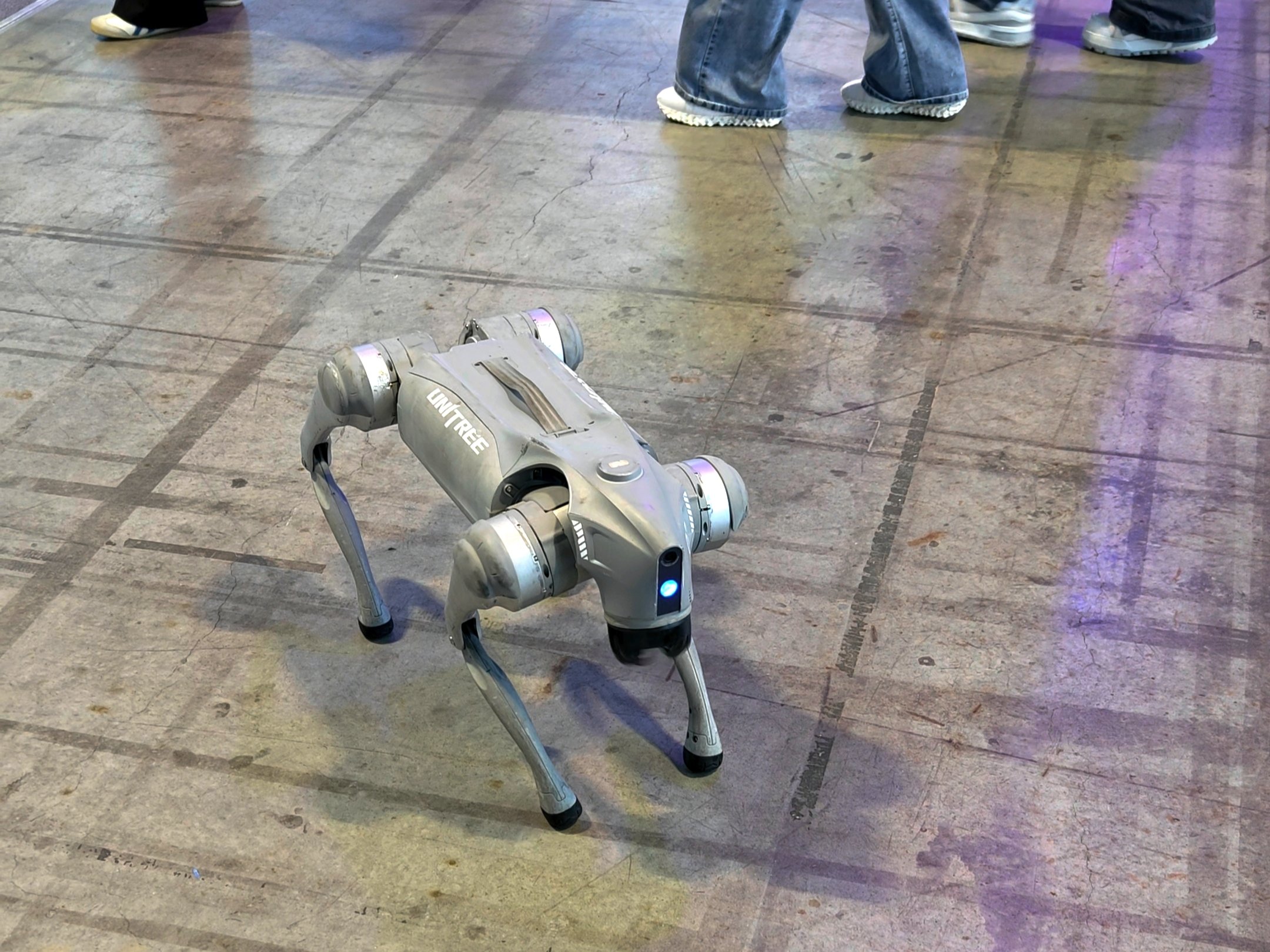
Elsewhere on the show floor, fellow Hangzhou company Unitree had its quadruped robots showing off more practical applications. The B2, a robust quadruped about the size of a large dog, demonstrated building inspection capabilities, navigating uneven surfaces that would challenge wheeled robots. Meanwhile, the smaller Go2 drew crowds with its eerily lifelike movements, mimicking a real dog’s behaviors so convincingly that attendees couldn’t resist petting them. I also got to shake hands with the company’s nimble humanoid H1, though I wasn’t fond of its faceless head.
Five years ago, these robots would cost hundreds of thousands of dollars and were primarily research tools. Today, some of these robot dogs start from USD 1,600, making them accessible to small businesses and even tech enthusiasts. Meanwhile, Unitree’s entry-level humanoid robot, the G1, starts from USD 16,000—not exactly a consumer-friendly price, but it’s much more affordable than its American counterparts. This dramatic price reduction, while maintaining impressive capabilities, exemplifies how Chinese robotics companies are democratizing access to advanced technology.
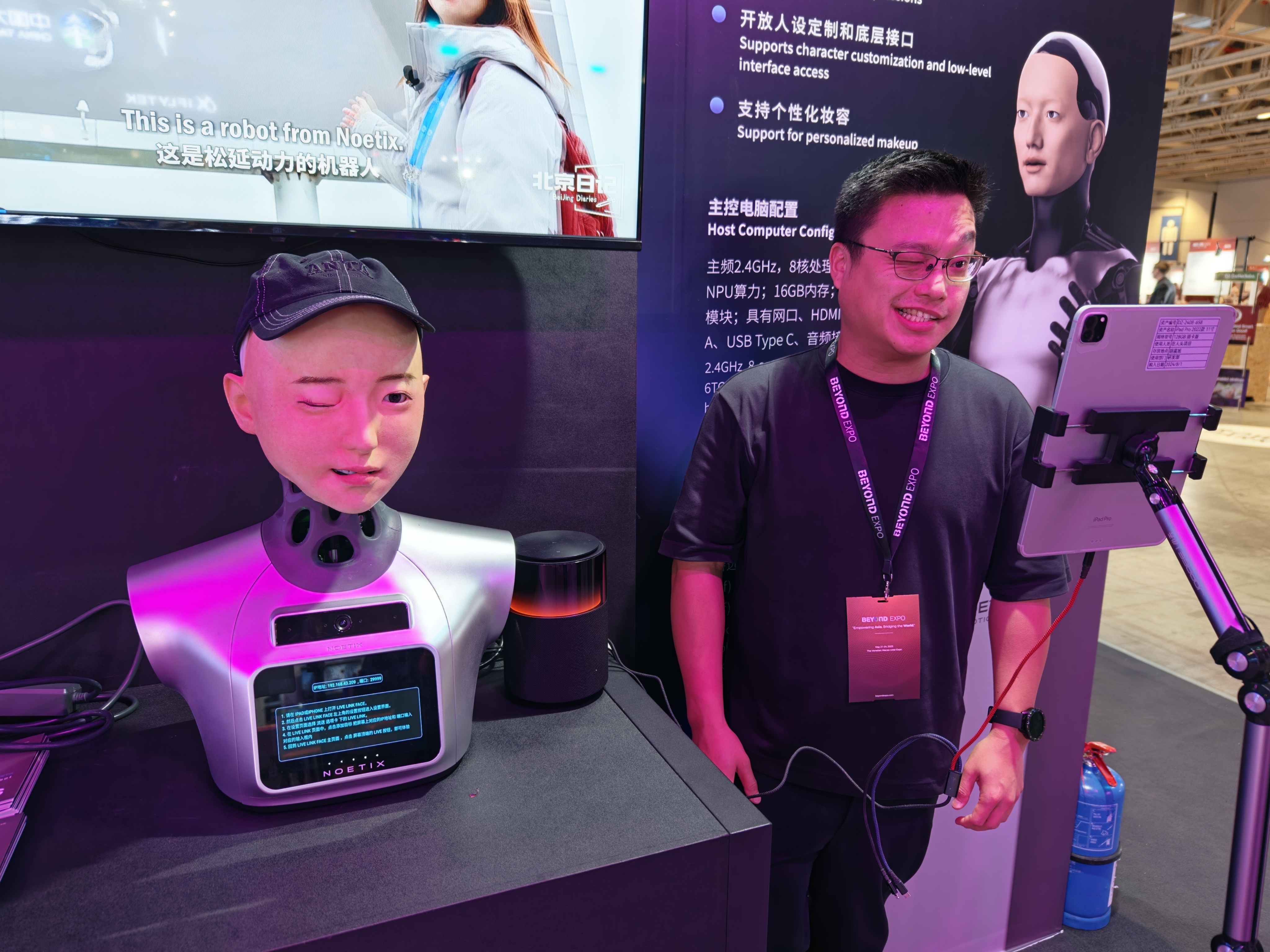
Perhaps the most unsettling (in a fascinating way) demonstration came from Noetix‘s Bionic Robot—a hyper-realistic robot head that mirrors human facial expressions in real-time. Using an iPad’s front camera, the robot tracked my facial movements and replicated them with uncanny accuracy, down to subtle eyebrow raises and smirks. You can imagine this type of machine providing a friendly face at information kiosks, though I’m not sure if I’m ready to see this uncanny face mounted onto a humanoid robot just yet.
Another notable humanoid included EngineAI‘s PM01 from Shenzhen, which reportedly can perform frontflips (though the demo unit at BEYOND Expo was apparently too “senior” to attempt such acrobatics), as well as guiding humans around galleries using its depth camera. There was also Robogo Robot’s cartoonish Aria, powered by SenseTime AI. While Aria’s arms were temporarily immobilized during my visit, she thoughtfully pondered my question about whether true love is hard to find, suggesting that emotional intelligence is becoming as important as physical capabilities in modern robotics.

For today’s youth, these technological advancements represent both opportunity and challenge. The robotics revolution will create entirely new career paths—from robot programmers and technicians to ethical consultants and human-robot interaction designers. The fusion of AI with physical machines opens possibilities that weren’t available to previous generations.
At the same time, automation raises questions about the future of work. While robots will certainly replace some jobs, history suggests they’ll also create new ones. The key will be developing skills that complement rather than compete with robotic capabilities—creativity, emotional intelligence, and complex problem-solving.

What’s particularly striking about China’s robotics push is how it’s simultaneously competitive and collaborative with Western efforts. While Chinese companies like UBTECH are clearly positioning themselves as alternatives to Boston Dynamics and Tesla’s Optimus, they’re also building on shared technological foundations and addressing similar challenges.
This parallel development could lead to a healthier global robotics ecosystem, with innovations flowing in both directions. Rather than a winner-takes-all scenario, we might see specialized niches emerge—perhaps Chinese robots excelling in manufacturing and cultural applications while Western models focus on other areas.
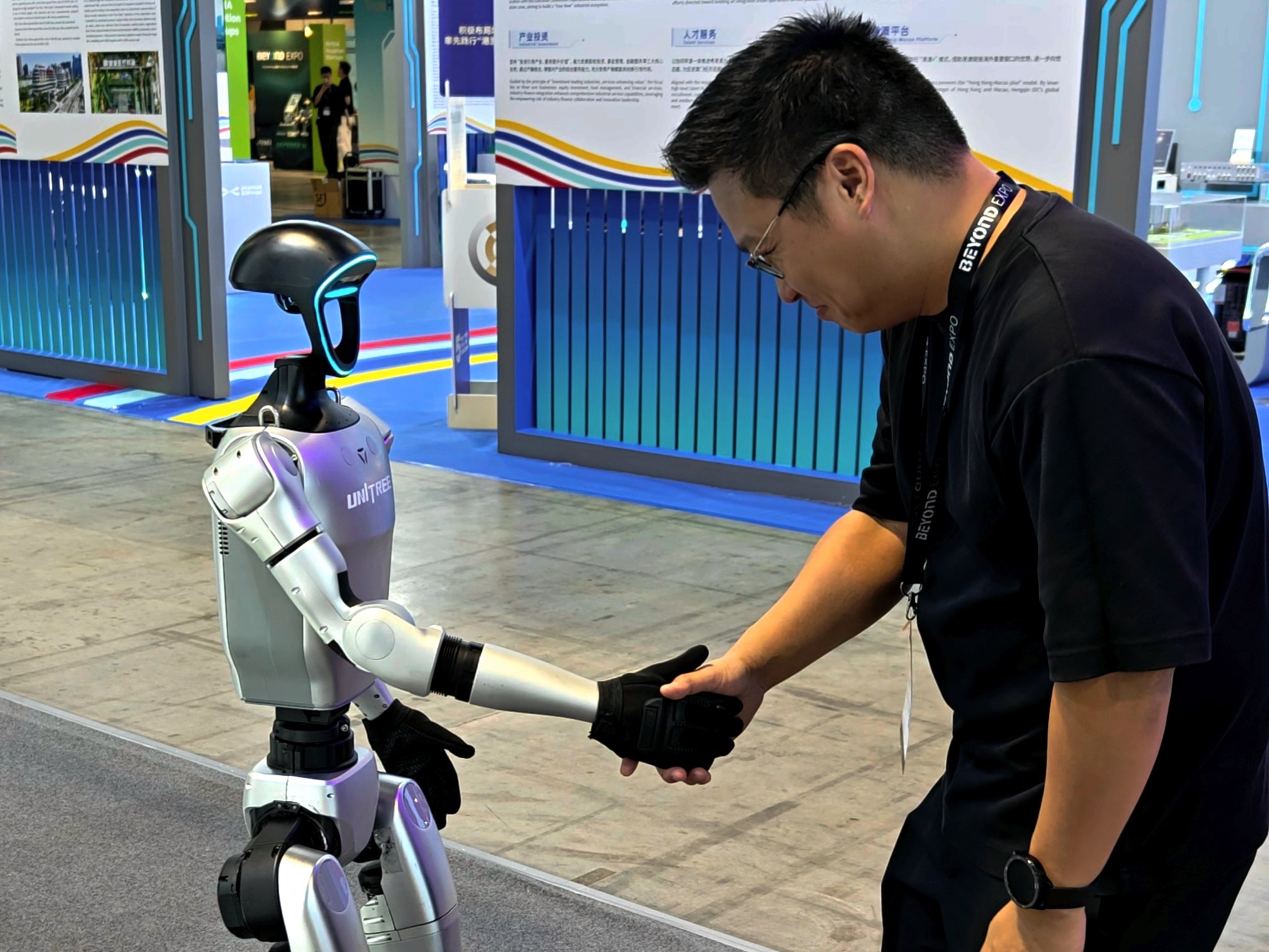
As we look toward a future where robots guide museum visitors, work continuously on factory floors, assist in our homes, or even help with our love problems, China’s contributions to this field will be increasingly significant. For Gen Z, who will live alongside these machines throughout their careers, understanding both the capabilities and limitations of robotics across global markets will be essential.
The robots at BEYOND Expo weren’t perfect, but they were a compelling preview of a world where the line between human and machine continues to blur, regardless of which side of the Pacific they’re built on.
Cover Image via Tatler Asia.

